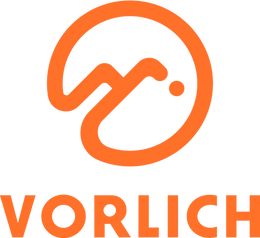The Role of Iron in Endurance Athletes' Diets and How to Get Enough
Endurance athletes, such as runners, cyclists, and swimmers, require an optimal diet to support their intense training and performance goals. One crucial component of this diet is iron. Iron plays a vital role in transporting oxygen to muscles and is integral to sustaining energy levels during prolonged physical activity. However, many endurance athletes struggle to consume adequate iron, leading to fatigue and diminished performance. This article delves into the role of iron in endurance athletes' diets, the symptoms of iron deficiency, and practical ways to ensure sufficient iron intake.
The Role of Iron in an Athlete's Body
Iron is a critical component of hemoglobin, the protein in red blood cells responsible for oxygen transport from the lungs to the rest of the body. For endurance athletes, efficient oxygen delivery is essential for maintaining prolonged physical exertion. Additionally, iron is involved in energy production and facilitates the conversion of blood sugar into available energy, thus supporting an athlete's stamina and strength.
Symptoms of Iron Deficiency
Iron deficiency can severely impact an athlete's performance. Look out for the following symptoms:
- Fatigue and weakness
- Pale skin and shortness of breath
- **Decreased endurance** during physical activity
- **Cold hands and feet**
- Brittle nails and frequent headaches
If you're experiencing these symptoms consistently, it may be wise to consult a healthcare provider for a blood test.
Iron Requirements for Endurance Athletes
The iron requirements for endurance athletes are typically higher than the general population due to increased red blood cell mass that results from endurance training. The daily recommended intake is:
- Men: **8-11 mg**
- Women: **15-18 mg** (due to menstrual losses)
Note that certain factors such as altitude and intensive training can further increase these needs.
Dietary Sources of Iron
To meet their iron needs, athletes should focus on consuming iron-rich foods regularly. These include:
- Heme Iron (more easily absorbed):
- Red meat and poultry
- Fish, such as salmon and tuna
- Non-Heme Iron (found in plant-based foods):
- Beans and lentils
- Tofu and enriched cereals
- Leafy greens like spinach
Enhancing Iron Absorption
To maximize iron absorption, consider implementing the following tips:
- Consume vitamin C-rich foods (citrus fruits, bell peppers) with iron sources.
- Avoid drinking tea or coffee with meals, as they can inhibit iron absorption.
- Cooking in cast-iron pots can increase iron content in food.
When to Consider Iron Supplements
If dietary sources are insufficient or if lab tests confirm a deficiency, iron supplements can be considered. Always consult a healthcare provider before beginning supplementation to avoid potential side effects or excessive intake, which can be harmful.
Final Thoughts
Meeting the iron needs of endurance athletes is crucial for sustaining peak performance and health. By understanding the importance of iron, recognizing deficiency symptoms, and strategically incorporating iron-rich foods and absorption-enhancing practices, athletes can effectively manage their iron intake. Consultation with a healthcare provider or dietitian can further tailor a nutrition plan to individual needs, ensuring optimal performance and longevity in endurance sports. Regular monitoring and adjustments can aid in maintaining the delicate balance of nutritional requirements for continued success.
```
